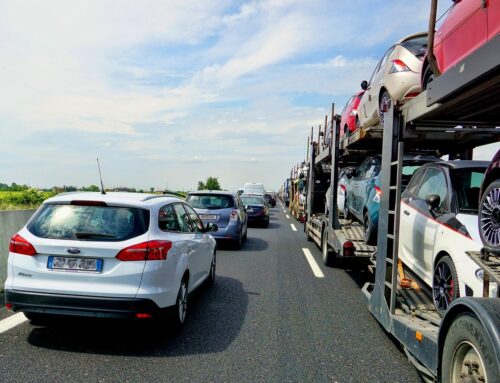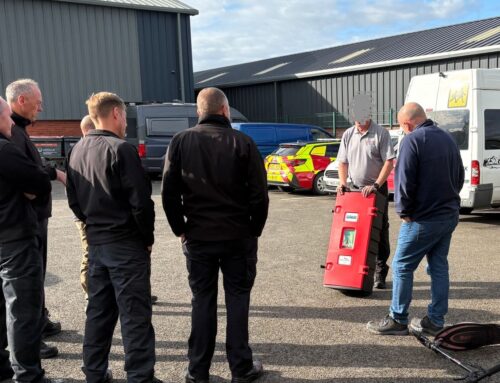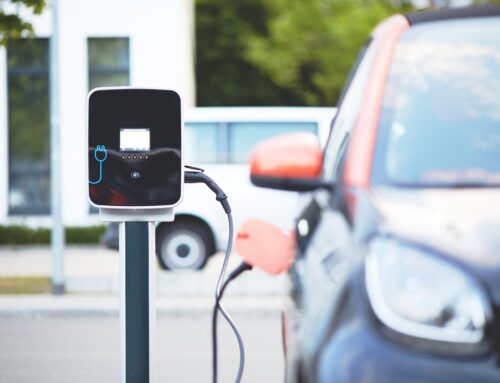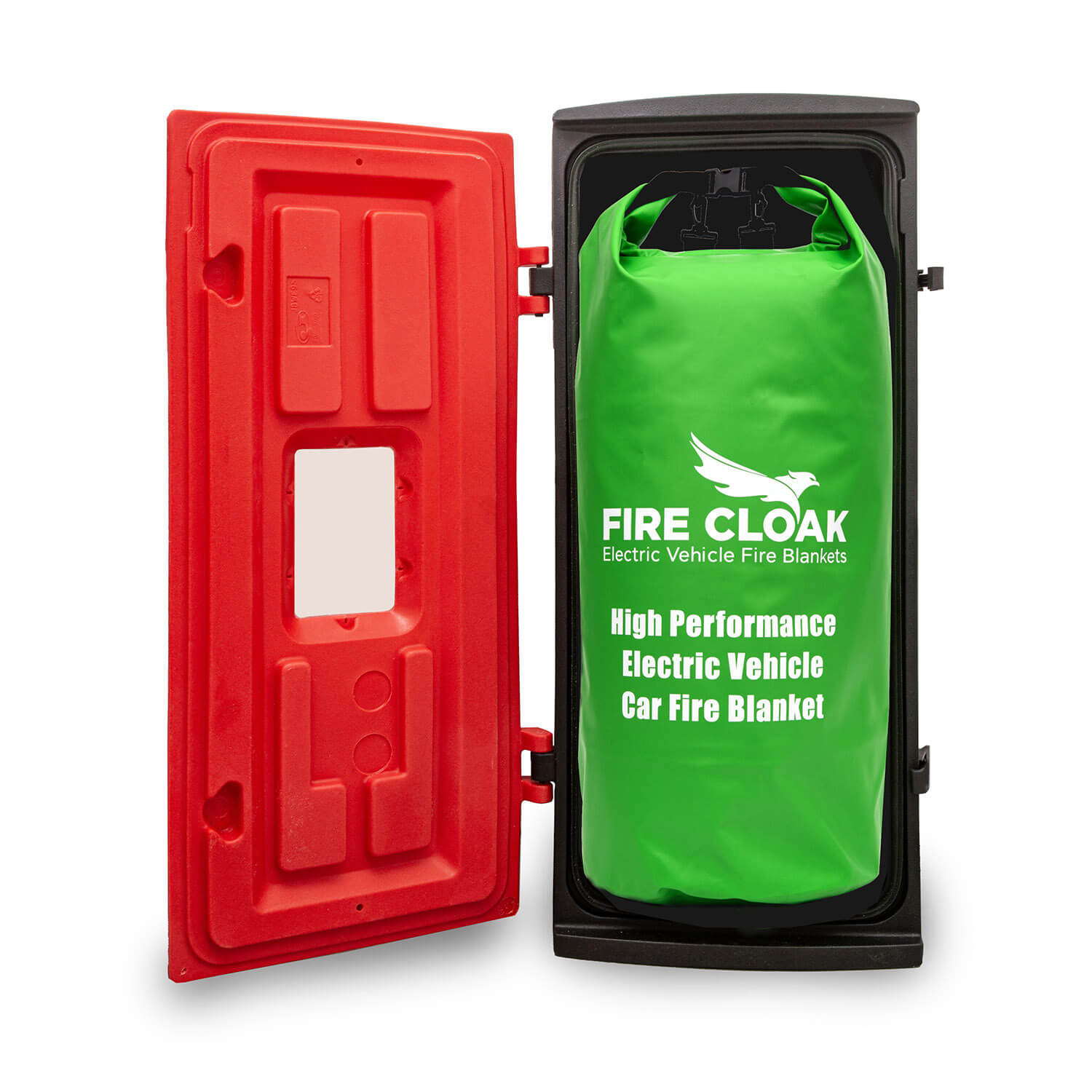Industry groups have estimated the loss of 16 yachts due to fire between August 2021 and August 2022 and, with half of those fires not yet having had their cause established, a potential explanation could be lithium-ion (Li-ion) battery fire. A surge in the uptake of small electrically powered craft including electric tenders, electric jet skis and e-foils, could be linked to these fires. As such, the Maritime & Coastguard Agency has released new, updated guidance on fire safety and storage of electric powered craft on yachts.
Whilst the guidance provided is for Li-ion batteries over 100Wh, crews are also advised to be aware of the risks posed by all Li-ion batteries including smaller ones used in mobile phones and laptop computers.

Expert advice
As well as providing a detailed fire risk overview for each of these types of craft in relation to lithium-ion batteries, advice on storage and charging and fire detection and alarm, the guidelines offer comprehensive information on fire suppression in section 7.
Section 7 outlines how battery compartments should be protected by a relevant automatic water-based fixed fire-fighting system, highlights the efficacy of water-mist systems and directly advises in 7.6 that: “battery fire suppression blanket(s) and/or containment bag(s) appropriate to the battery inventory should be carried.”
Experts go on to say that, where a fire blanket is used, extra care must be taken around the exposure of the deck to heat from an Li-ion battery fire. And, if a fire blanket is ever deployed there is potential for “explosive and toxic gas to build up under the blanket that may cause harm when the blanket is removed.”

Training is imperative
Lithium-ion battery fires are caused by a faulty or damaged battery. Crew training (section 8) is therefore crucial to mitigating any potential issue or fire. The guidelines state that crews must be trained in the “safe operation, storage and charging of electric watercraft…including the identification of potential damage and procedures for the disposal or quarantining of any damaged equipment or batteries.” They go on to say that all personnel who may be required to respond to a Li-ion battery fire are made aware of the risks posed by electric equipment in electric personal watercraft and tenders.
Safety first, always
As with the continued popularity of e-bikes and e-scooters on land, we should only expect to see an increased use of electric powered craft such as e-jet skis on the water. These craft will invariably be stored and carried on board yachts and boats across the globe. It is therefore imperative that any vessel that does use such leisure equipment has all the relevant safety systems on board and these are checked and maintained regularly.
The addition of a Fire Cloak Electric Fire Blanket on board yachts is certainly something to seriously consider in response to these latest “MGN 681 (M) fire safety and storage of electric powered craft on yachts” guidelines.




















